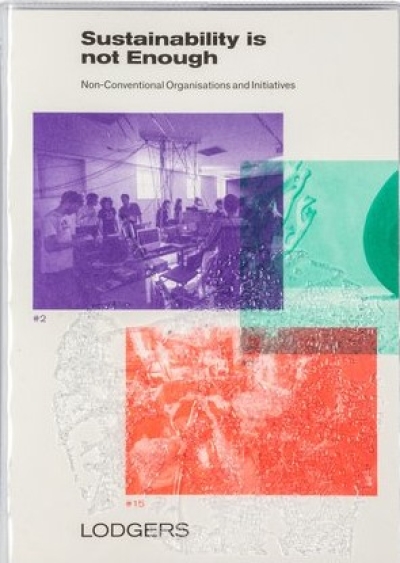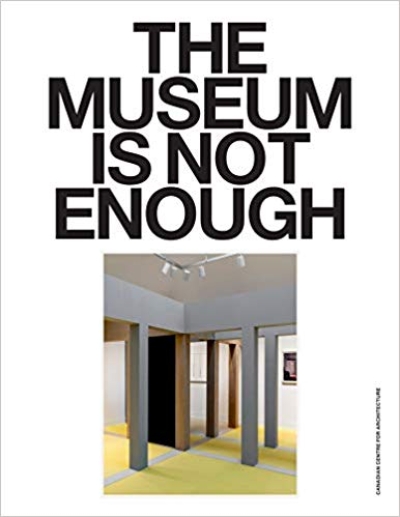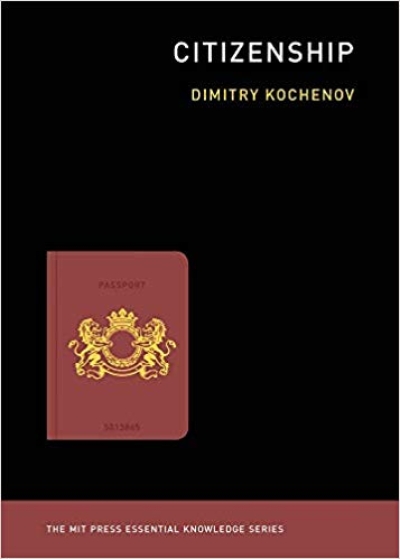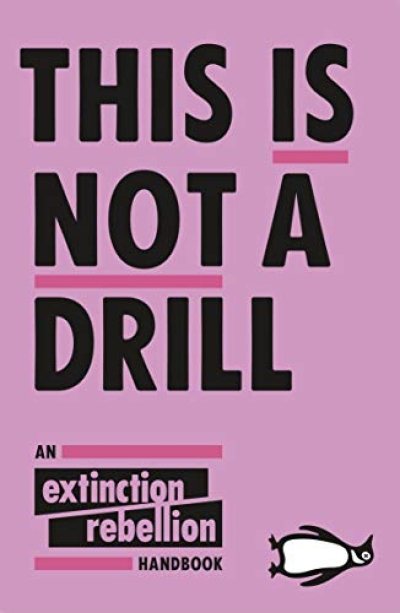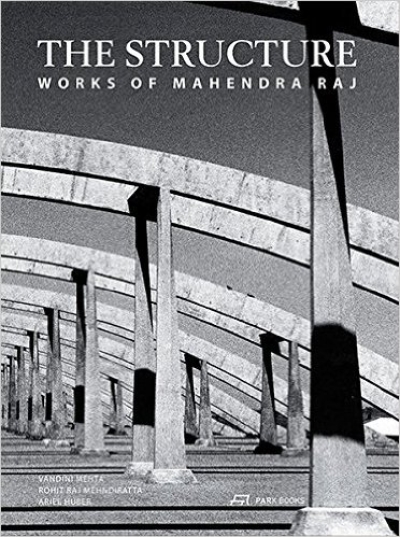
The Structure: Works of Mahendra Raj
Der indische Ingenieur Mahendra Raj hat in sechs Jahrzehnten eine Vielfalt innovativer und einfallsreicher Tragwerke in Sichtbetonbauweise geschaffen. Seine kühnen Entwürfe spiegeln auch die energiegeladene Aufbruchsstimmung Indiens in der Zeit nach Erlangung der Unabhängigkeit wieder. Raj hat eine Anzahl einmaliger Strukturen entwickelt, wie beispielsweise die Hall of Nations and Industries (Neu Delhi, 1972) mit ihrem grossräumigen Tragwerk oder eine Textilfabrik in Ghaziabad (1973) mit ihren eleganten Bogensehnen-Gewölbebögen. Andere Meilensteine seines Wirkens sind das NCDC Bürogebäude (Neu Delhi, 1980) und der Bau der State Trading Corporation (Neu Delhi, 1988). Erstmals stellt dieses neue Buch das Werk von Mahendra Raj umfassend dar. Es präsentiert detailliert 28 seiner Bauten, reich illustriert mit Zeichnungen, Fotografien, Archivplänen und Grundrissen. Beiträge renommierter indischer Architekten und Ingenieure, Interviews und Gespräche mit Raj und ein illustriertes vollständiges Werkverzeichnis runden die Monografie ab. The Structure explores the work of Mahendra Raj, India’s most significant structural engineer. Examining Raj’s sixty prolific years of practice, this volume looks at his unusually inventive and intuitive work and how he has offered pioneering engineering solutions for buildings in exposed concrete. As this book shows, many of his structures can be seen as monuments narrating the history of architecture in post-independence India. The Structure features twenty-eight of Mahendra Raj’s buildings in detail through rich photographs and color reproductions of archival plans. Essays are contributed by Raj himself and by the architects Neelkanth Chhaya and Jaimini Mehta. Also included are interviews with Raj by the architect Sanjay Prakash and curator Hans Ulrich Obrist, a conversation with the architect BV Doshi, as well as an illustrated complete list of Raj’s works.











